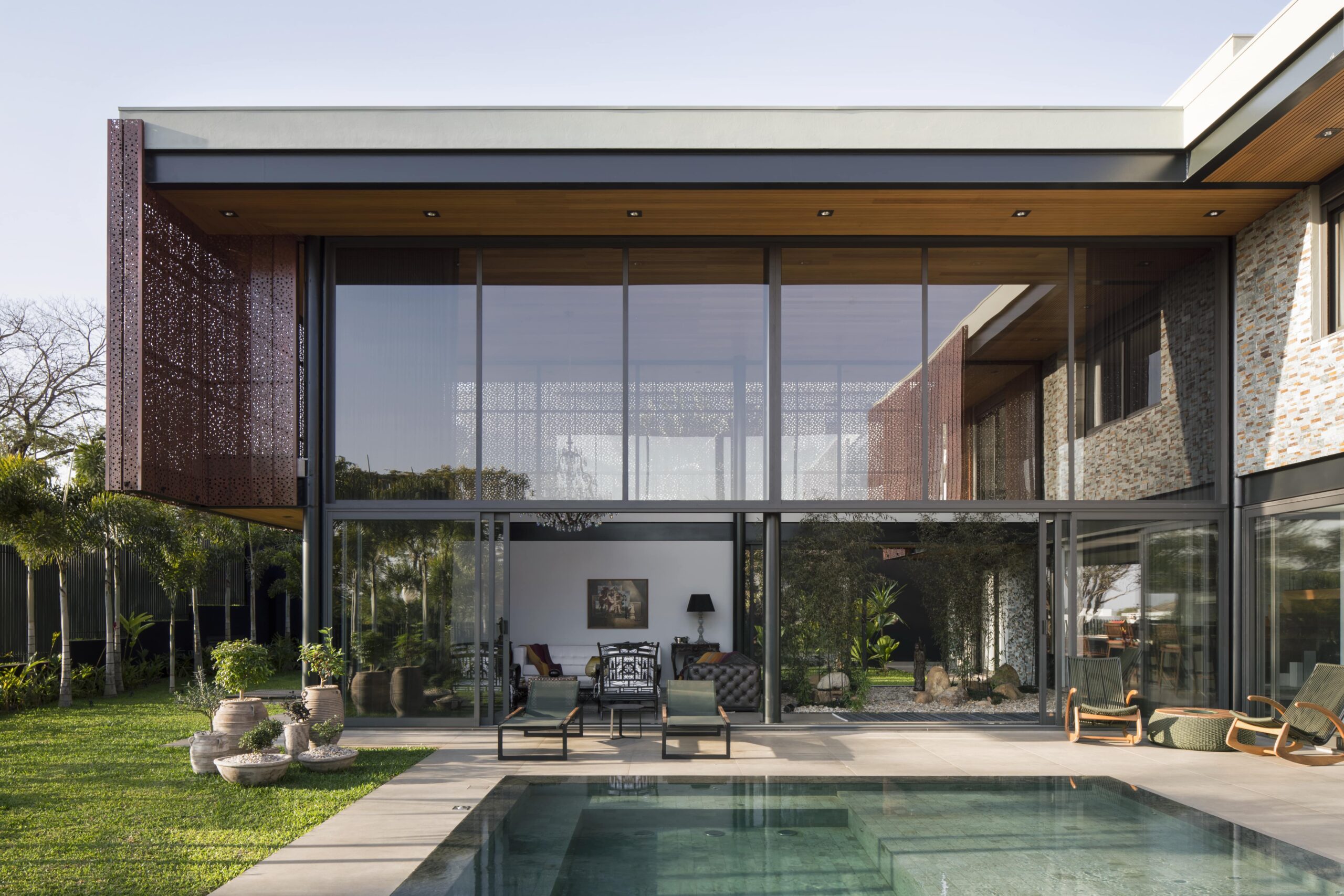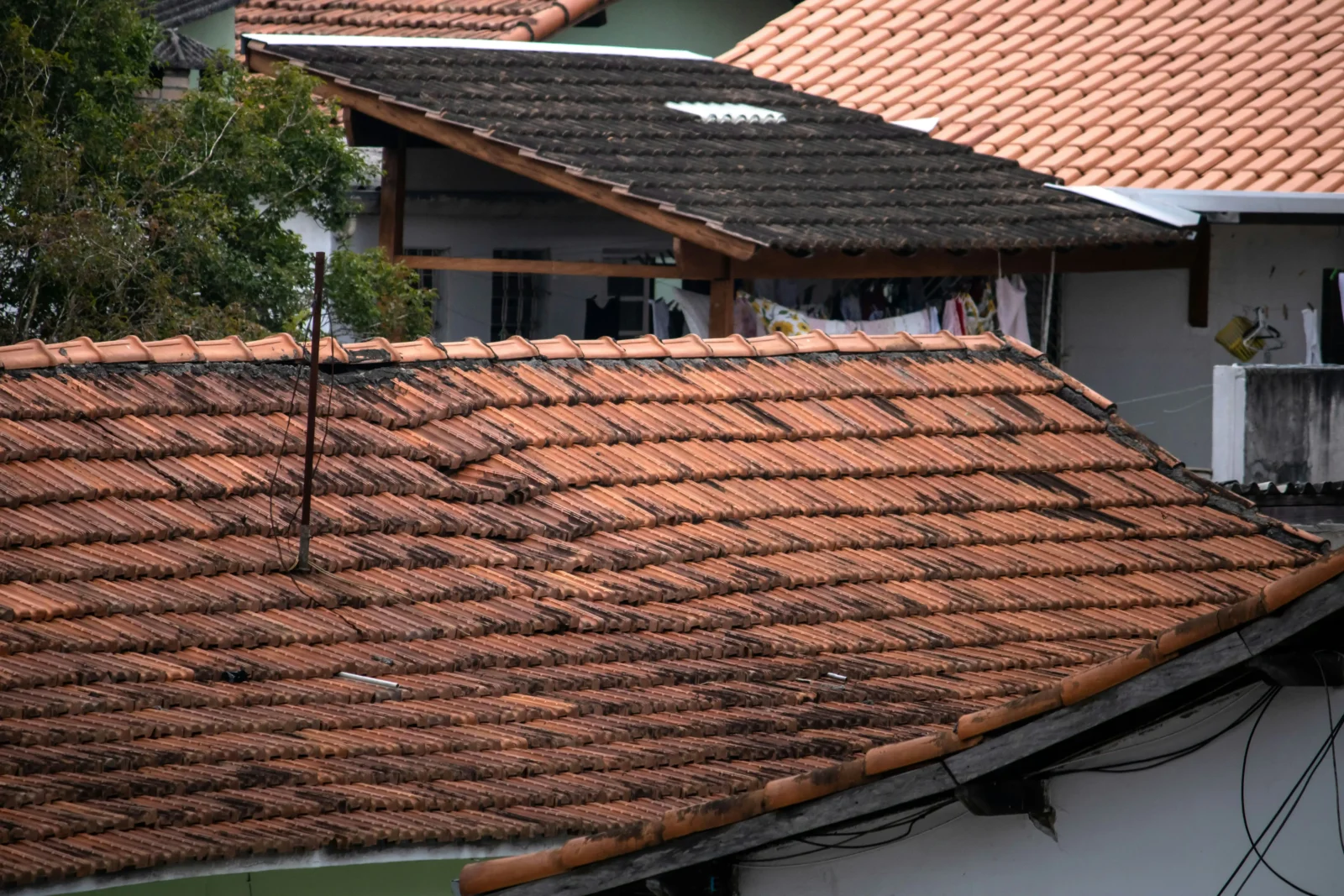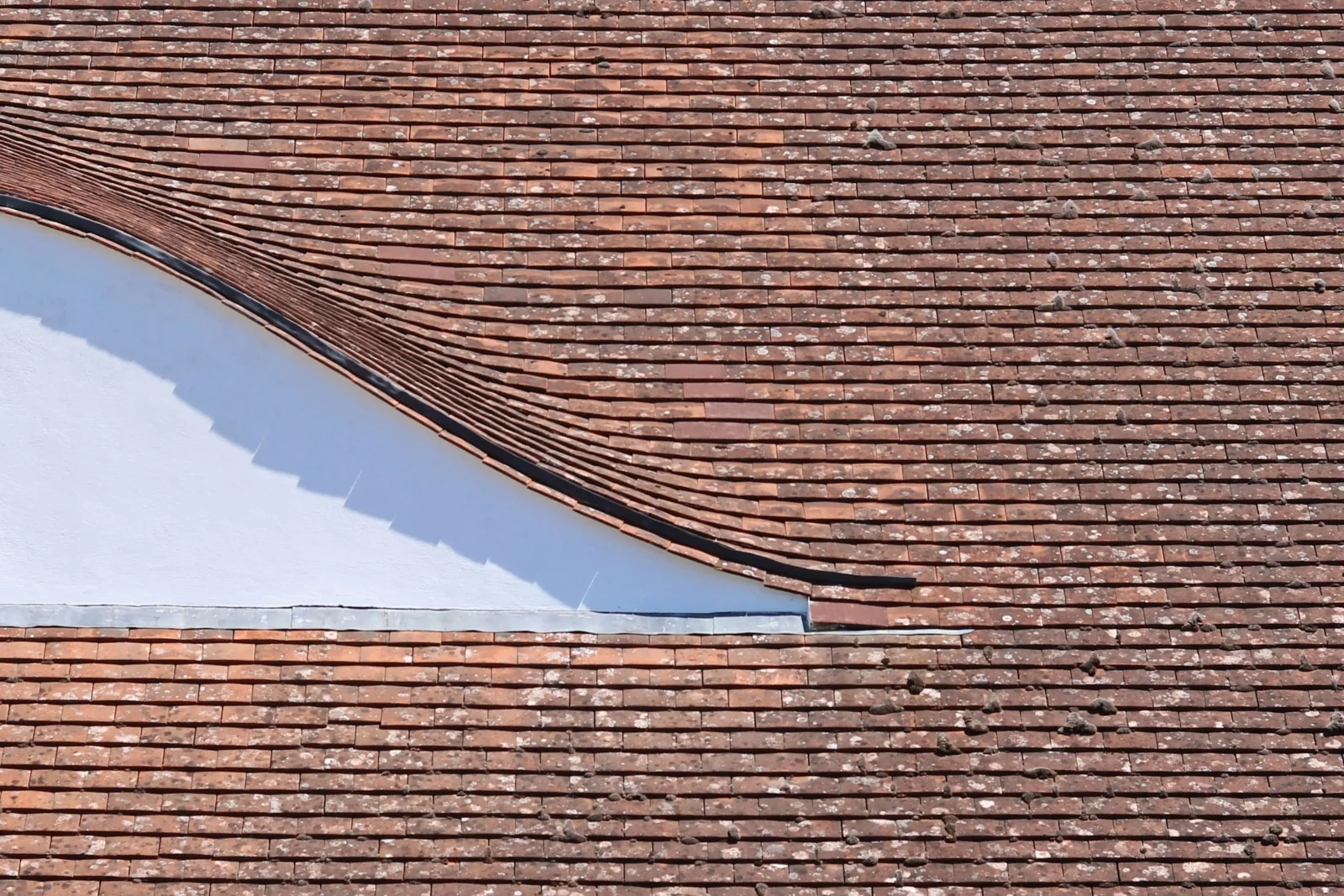- Home
- Articles
- Architectural Portfolio
- Architectral Presentation
- Inspirational Stories
- Architecture News
- Visualization
- BIM Industry
- Facade Design
- Parametric Design
- Career
- Landscape Architecture
- Construction
- Artificial Intelligence
- Sketching
- Design Softwares
- Diagrams
- Writing
- Architectural Tips
- Sustainability
- Courses
- Concept
- Technology
- History & Heritage
- Future of Architecture
- Guides & How-To
- Art & Culture
- Projects
- Interior Design
- Competitions
- Jobs
- Store
- Tools
- More
- Home
- Articles
- Architectural Portfolio
- Architectral Presentation
- Inspirational Stories
- Architecture News
- Visualization
- BIM Industry
- Facade Design
- Parametric Design
- Career
- Landscape Architecture
- Construction
- Artificial Intelligence
- Sketching
- Design Softwares
- Diagrams
- Writing
- Architectural Tips
- Sustainability
- Courses
- Concept
- Technology
- History & Heritage
- Future of Architecture
- Guides & How-To
- Art & Culture
- Projects
- Interior Design
- Competitions
- Jobs
- Store
- Tools
- More
Factors That Influence the Timeline of Residential Roof Projects

Replacing or repairing a residential roof is a major investment, and homeowners often ask how long the process will take. While some roofing projects wrap up in just a few days, others can extend over a week or more, depending on various factors. Understanding what influences the timeline can help homeowners manage expectations, plan accordingly, and avoid unnecessary delays.
Several components, from weather and material availability to project scope and permitting, can significantly impact how quickly a roofing job is completed. Knowing these details in advance can help ensure a smoother experience for everyone involved.
Table of Contents
ToggleType of Roofing Material and Installation Method
Not all roofing materials are created equal when it comes to installation time. Asphalt shingles, for instance, are relatively fast to install due to their lightweight design and widespread availability. Metal roofs, clay tiles, and slate, on the other hand, require more labor, specialized tools, and time to handle properly.
Beyond the material itself, the installation method can affect the project length. If the roof structure is being modified, or if the team is installing insulation or underlayment systems with added moisture barriers, it could add a day or more to the schedule. Some homeowners invest in premium-grade systems, such as impact-resistant shingles or roofing solutions that are protecting Central Florida homes, which often involve extra installation steps to ensure durability against extreme weather. This is true in regions where weather resistance is a top concern.

Size and Complexity of the Roof
The square footage of the roof is one of the most obvious factors influencing the timeline. A small, single-story home with a basic gable roof may only require two or three days of work. In contrast, larger homes with multiple stories, steep pitches, and intricate designs can require a full week or longer.
The presence of dormers, chimneys, skylights, valleys, or multi-level sections increases both the labor and attention to detail needed. These areas often require custom flashing, precise cuts, and additional sealing steps that slow down the process.
If a full roof tear-off is required, meaning the removal of all existing roofing material, the complexity and duration increase further. Tear-offs can take an extra one to two days, depending on the condition and number of layers on the existing roof.
Weather Conditions and Seasonal Considerations
Weather plays a pivotal role in determining how fast roofers can work. Rain, wind, and extreme heat or cold can all bring work to a standstill. Wet surfaces are unsafe for roofers, and materials like asphalt shingles may not seal properly in cold temperatures.
In storm-prone areas, frequent weather changes can delay the process even if only temporarily. During the summer months in Florida, for example, sudden afternoon thunderstorms are common and can add days to what would otherwise be a straightforward job.
Many homeowners schedule roof replacements during peak seasons, typically late spring through early fall. During these times, contractor schedules are busier, and materials may be in higher demand, which can cause delays in project start times.
Permits, Inspections, and HOA Approvals
Before any work begins, most residential roofing projects require building permits from the local municipality. The time required to obtain permits can vary depending on the jurisdiction, with some cities processing requests in a day and others taking up to two weeks.
Inspections are required both before and after the project is completed. Delays in scheduling or passing these inspections can push the project timeline back.
If you live in a neighborhood governed by a homeowners association (HOA), its approval may be necessary before work can begin. HOA requirements vary widely and may involve color, style, or material guidelines that require extra paperwork and waiting periods.
Availability of Materials and Labor
Material availability is another common bottleneck. If a specific color or style of shingle is out of stock, contractors may need to wait days, or even weeks, for it to arrive. This issue has become more frequent in recent years due to supply chain disruptions affecting the construction industry.

The availability of skilled labor can influence how long your project takes. Roofing companies with multiple crews may be able to complete jobs faster, but high demand or staffing shortages can stretch timelines unexpectedly.
Working with a reputable roofing contractor who communicates clearly about material lead times and workforce scheduling can help reduce surprises and keep your project on track.
Unexpected Repairs or Structural Issues
Even the best project plans can be derailed by what’s discovered beneath the surface. Once the old roofing material is removed, roofers may find rotten decking, damaged rafters, or signs of pest infestation. These structural issues must be addressed before the new roofing material is installed.
Each unexpected repair adds both time and cost to the project. While many contractors provide estimates that include contingencies for unforeseen issues, the actual work involved may still cause delays if additional inspections or specialized materials are required.
The timeline for residential roofing projects is influenced by a variety of factors, some within your control, others not. From selecting the right materials and navigating permits to accounting for weather and unexpected repairs, a well-informed homeowner is better equipped to plan accordingly.
illustrarch is your daily dose of architecture. Leading community designed for all lovers of illustration and #drawing.
Submit your architectural projects
Follow these steps for submission your project. Submission FormLatest Posts
To Upgrade or to Change Your Roof Completely: Key Facts to Know
Deciding what to do with an aging roof often brings confusion, hesitation,...
Best Practices for Roof Inspections and Maintenance
On most projects, the roof spends decades out of sight while carrying...
Sunny Days, Secure Roof: Simple Steps to Shield Your Home
Your home is more than just a place to live—it’s a sanctuary....
Simple and Stylish Roof Ideas for Homeowners
When designing your home, don’t overlook the roof. It’s essential for both...












Leave a comment